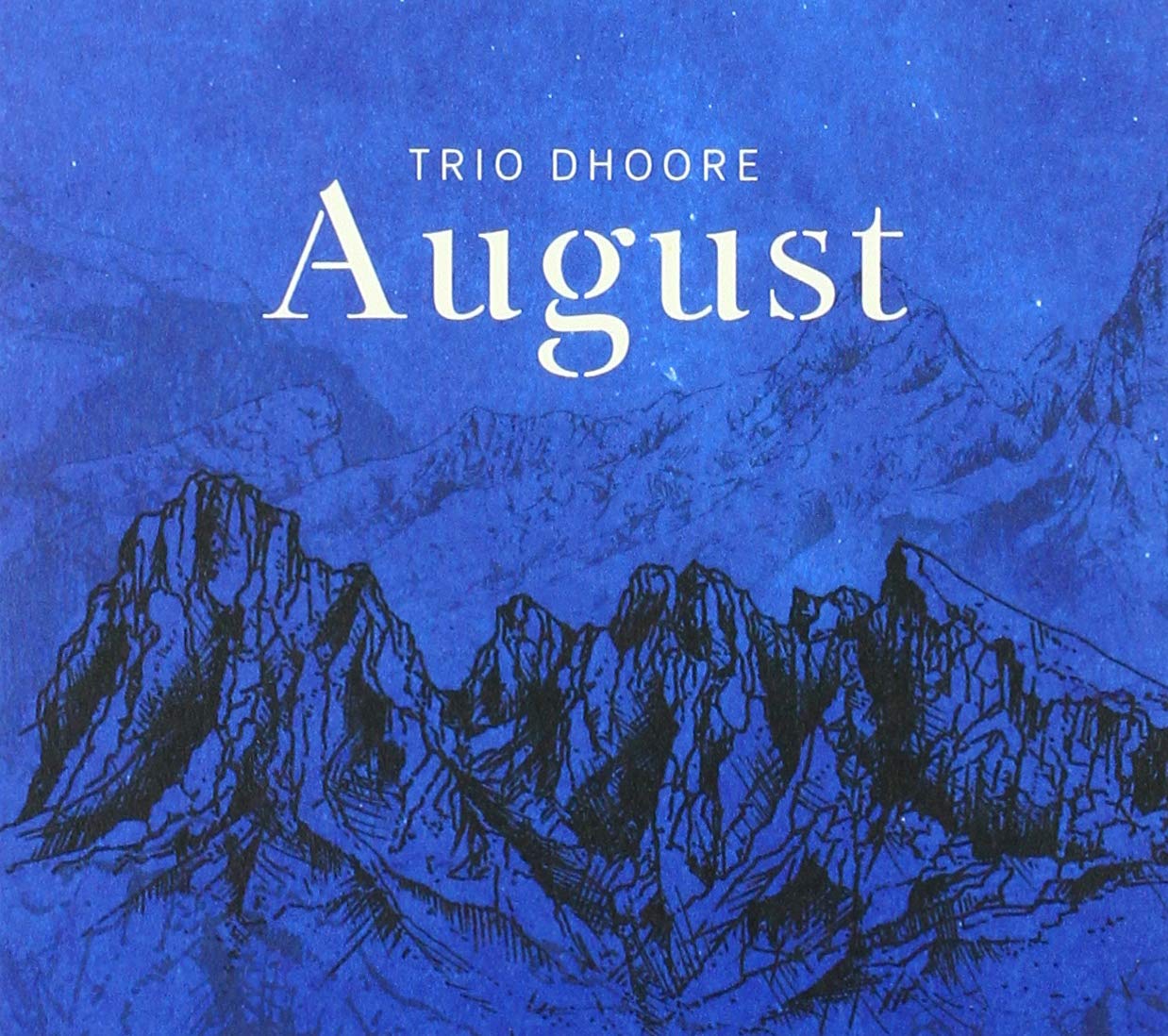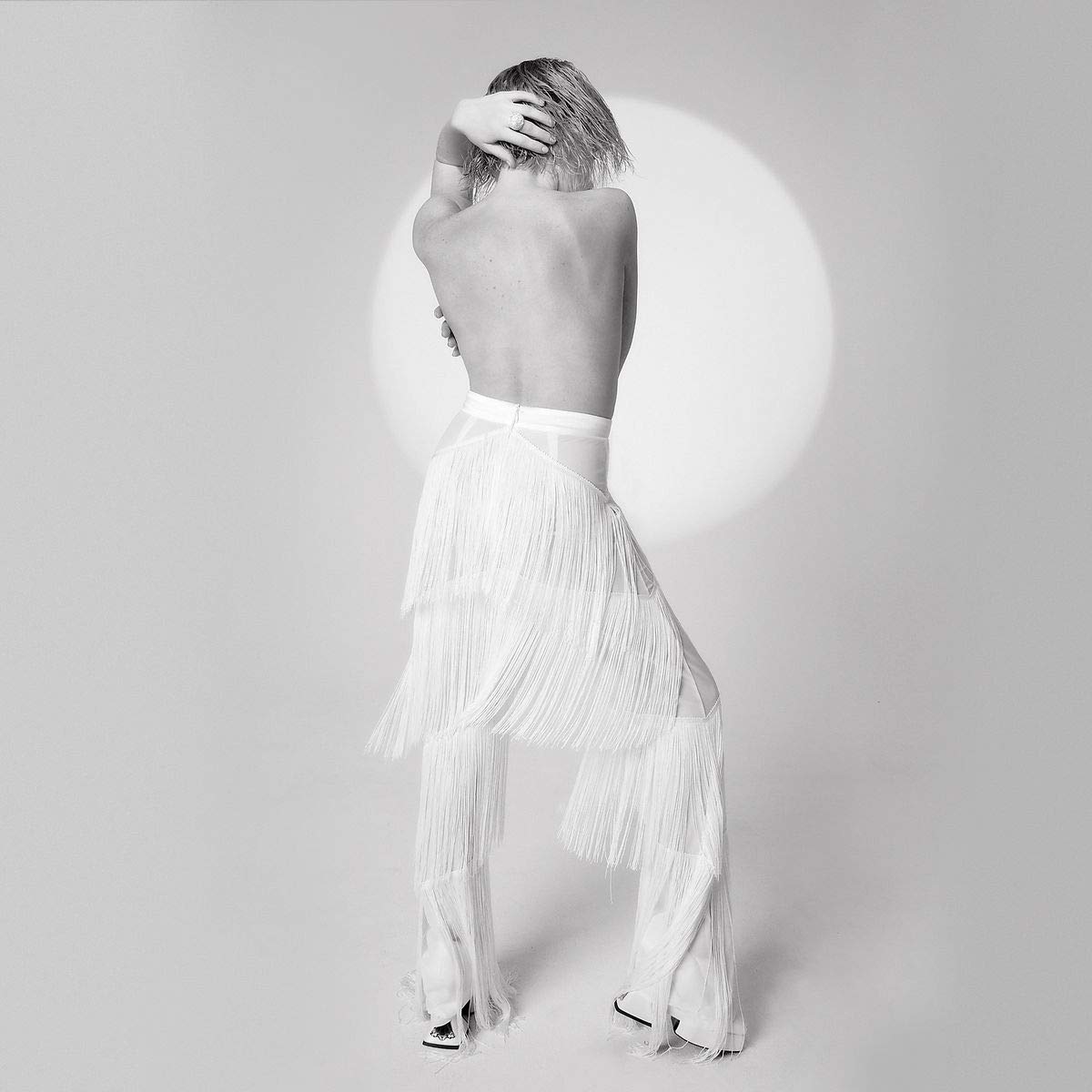Despite the massive changes in how 2020 was lived, working from home for most of the year, I surprisingly listened to about the same amount of new music this year as last—I listened to 77 albums new to me this year (one more than last year), 56 of them produced in 2020. Also like last year, I am choosing to highlight seven of those new albums.
Before I start, I should acknowledge that I realize that with one exception, all the music here is was made by white people. The albums to which I listened were more diverse than this top seven selection might lead you to believe, and next week's best of 2020 mix will highlight more of that diversity. Though looking back at my top albums for 2017, 2018, and 2019, all the artists were also white (mostly American, but usually with a European group or artist). I think the lack of diversity in my top albums reflects the lack of diversity among musicians in my favorite genres, though perhaps I am just not hearing those with more diverse voices. I purchase audio recordings as part of my regular job, and the majority of the music I purchased this year was from Black artists. Two recordings featuring Black artists that got a lot of buzz this year you might want to check out are Run the Jewels 4 and Untitled (Black is...) from the mysterious collective SAULT.
I should also mention that I believe all the music on these seven albums was recorded before COVID—I didn't plan my favorites this way, it just happened—so this music wasn't written to address the pandemic; again, next week's best of 2020 mix will cover more of that ground. Instead, these albums cover themes of relationships (mostly failed ones), depression, leaving a small hometown, cultural exchange, and hybridity. And I enjoyed them pretty much from start to finish. Here they are, in order that they were released:
Honeymoon by Beach Bunny – This first full album from this Chicago indie group is raw and angry and depressing, but in a good way. Its tightly-constructed musical vignettes depict the breakup of a relationship. "Promises" and "Colorblind" are good entry points, though there is a lot disagreement about what the best tracks are—they're all good!
Wu Fei and Abigail Washburn – The pairing of banjo's first lady and a Chinese guzheng virtuoso seems strange, but Washburn studied Mandarin language and culture in college, frequently living in China. I first saw Fei and Washburn perform in a concert in Chapel Hill, NC, back in 2013, and the second half of the concert they decided to something totally experimental they called The Wu Force, which they described as "kung fu-Appalachian avant-garde folk-rock," some of which worked. While this album is not that genre, I think a couple of earlier versions of these songs were performed at that concert. I am surprised, though, that it took so long for them to record an album together. I love the conversation between the two folk traditions—and you can tell they are just having fun. Perhaps the best entry point to what they are doing is the opening track, "Water is Wide / Wusuli Boat Song," a melody of an American and a Chinese folk song.
Petals for Armor by Hayley Williams – I'd heard about Paramore, the band that Williams leads, but hadn't gotten into their music. But I heard a couple of songs from this solo album and needed to hear more. While still produced and written mostly by Williams with Paramore bandmates, the music on Petals for Armor is more complex, varied, and subtle than their previous work. The lyrics and music of the stylistically wide-ranging album bring you into the intimate thoughts of the protagonist(s), and then the hooks keep you thinking about the content. The album originally came out as three EPs of five songs each. "Roses/Lotus/Violet/Iris," a lyrically complex song that features background vocals from supergroup Boygenius, and the reggae-influenced and hummable "Dead Horse" are good entry points.
World on the Ground by Sarah Jarosz – I've been following this singer and multi-instrumentalist since 2015, when an algorithm pushed one of her albums to me, and this time the algorithm was totally spot on. This quiet, reflective album is not necessarily my favorite of hers, but it is still thoroughly enjoyable. It's somewhat autobiographical, about what happens when people leave the small Texas town where they grew up. "Johnny" is probably the best track, with some of the same feeling as "Green Light" from her previous album Undercurrent. The best lyrical turn comes on the chorus of "Maggie": "Drive across the desert in a blue Ford Escape; hopefully this car will live up to its name." I also love the waxwing oil color album art.
Women in Music, Pt. III by HAIM – Both of Haim's previous LP albums made my best-of-year lists, and while I'm not sure this album is quite as even as those previous albums, it is still a solid album with some great tracks—and perhaps more experimental in their musical and lyrical approach. While all the tracks are good, the 2nd half of the album really shines, such as "Man from the Magazine" about sexism in the music industry and the three "bonus" tracks which originally came out as singles in 2019. Warning: some swearing is involved.
Jump Rope Gazers by The Beths – This sophomore album by this New Zealand band grew on me with repeated listenings. It's impeccably produced, with just the right amount of harmony vocals. I love the audio irony of "I'm Not Getting Excited" and the chiming guitars in "Out of Sight," but the whole album shines.
Acid Croft, Vol. 9 by Shooglenifty – This is the psychedelic rock-fueled folk dance album that the world needs right now, from a veteran Scottish band. And with tune names like "Squat Lobster" and "Hunting for Angus," how can you go wrong?
















